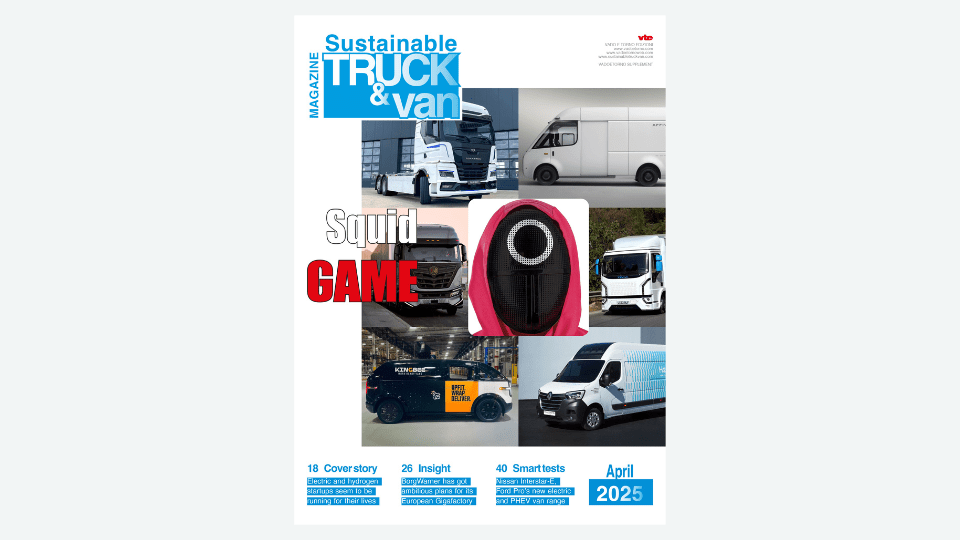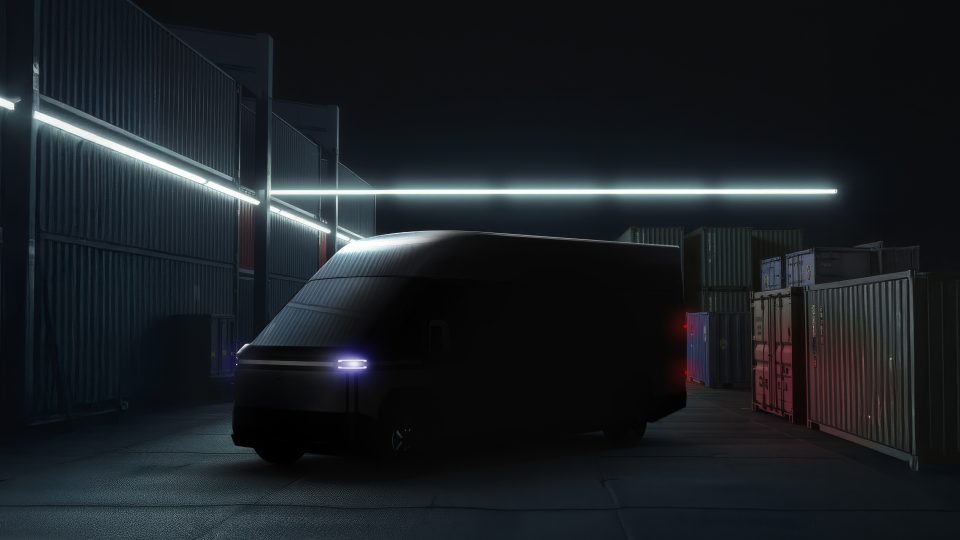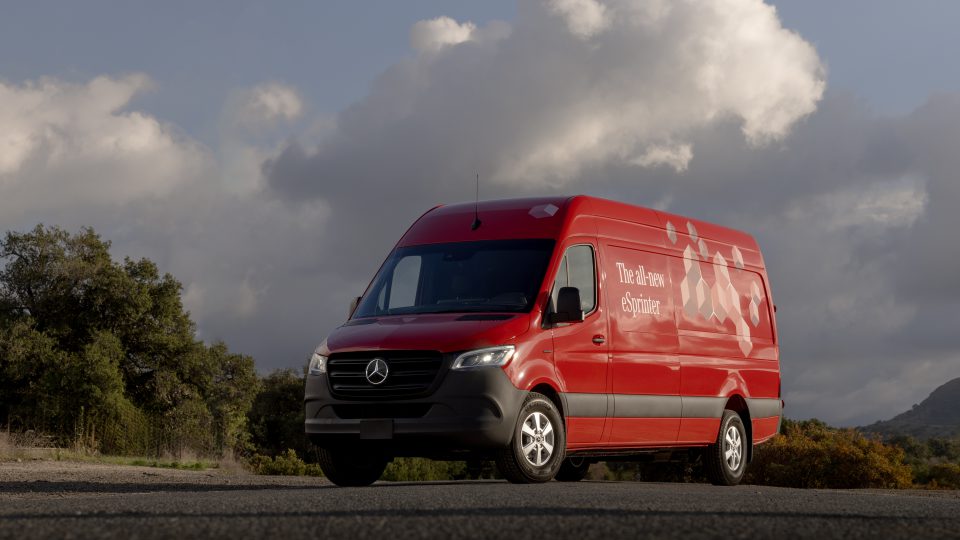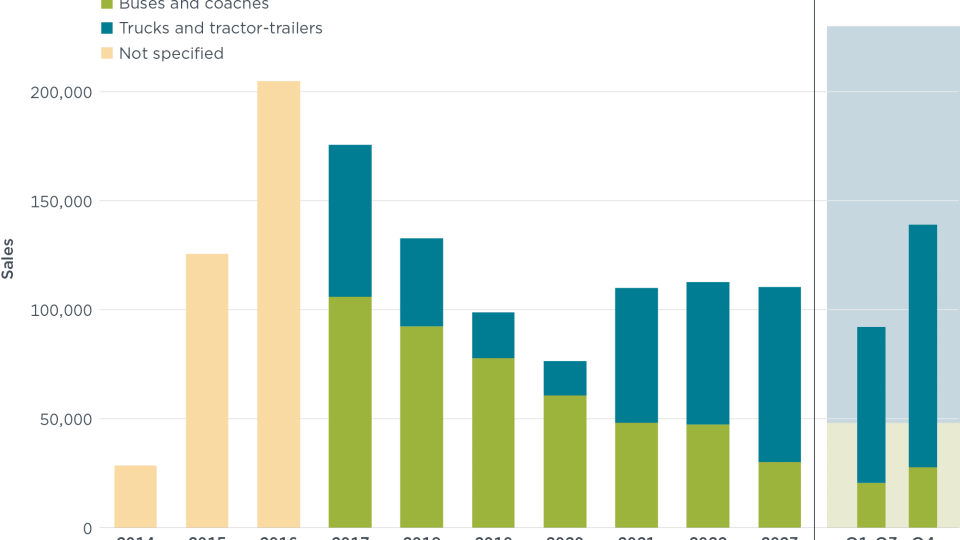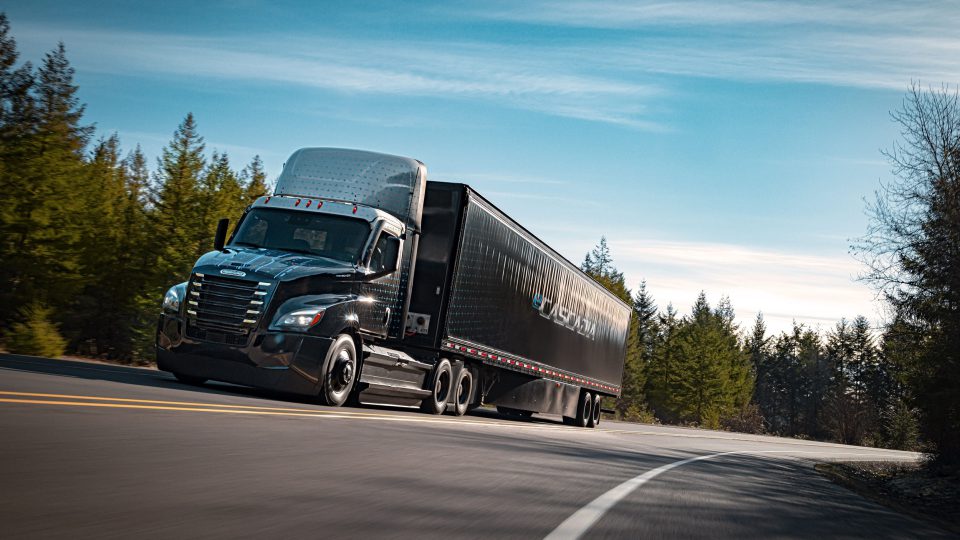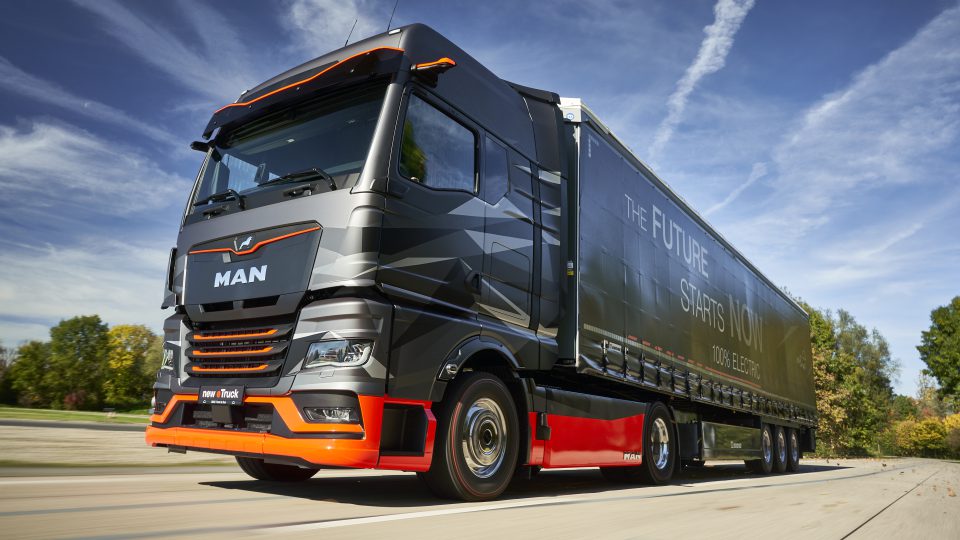EU AFIR law, Transport & Environment: “Now more ambitious targets for trucks are possible”
T&E said the requirements mean there will be enough public charging to significantly increase the EU’s proposed CO2 reduction target in 2030 – which is key to driving the uptake of electric trucks. “Charging is often cited as the big obstacle to a faster roll-out of zero emissions trucks, but lawmakers have now removed that roadblock", commented Fabian Sperka, vehicles policy manager at T&E.
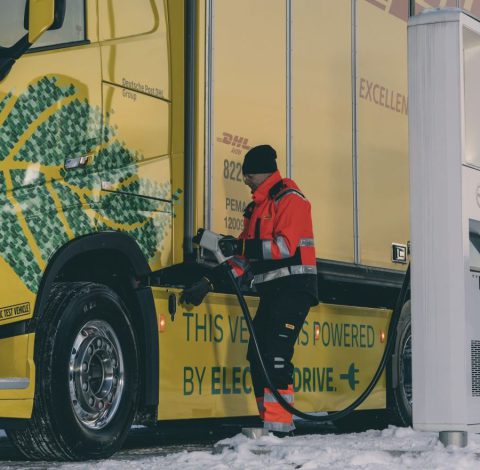
According to major international organization Transport & Environment, the new EU AFIR (Alternative Fuel Infrastructure Regulation), provided on March 27 and waiting for final rubberstamp by EU governments before entering into force, “removes a key obstacle to the EU setting more ambitious CO2 targets for trucks by ensuring there will be adequate public charging”.
More into details, by 2030, governments must provide at least 3,600 kW of truck charging capacity every 60 km along the EU’s primary motorways. On secondary motorways, at least 1,500 kW of truck charging capacity will need to be available every 100 km. By that year, charging hubs must be available in every major city, and there will need to be four charging stations in each designated ‘safe and secure truck parking area’.
The new EU AFIR law, according to Transport & Environment
T&E said the requirements mean there will be enough public charging to significantly increase the EU’s proposed CO2 reduction target in 2030 – which is key to driving the uptake of electric trucks. The EU Commission has proposed only a 45% cut in CO2 from new trucks sold in 2030, but the European Parliament and governments can increase that before the truck climate rules are finalised. The law requires enough hydrogen refuelling stations for the anticipated fleet of hydrogen trucks.
Fabian Sperka, vehicles policy manager at T&E, said: “Charging is often cited as the big obstacle to a faster roll-out of zero emissions trucks, but lawmakers have now removed that roadblock. The EU’s charging law unlocks more ambitious climate targets for truckmakers, which will in turn green European road freight. MEPs and governments can ramp up CO2 targets for trucks with confidence that there will be plenty of charging available.”



